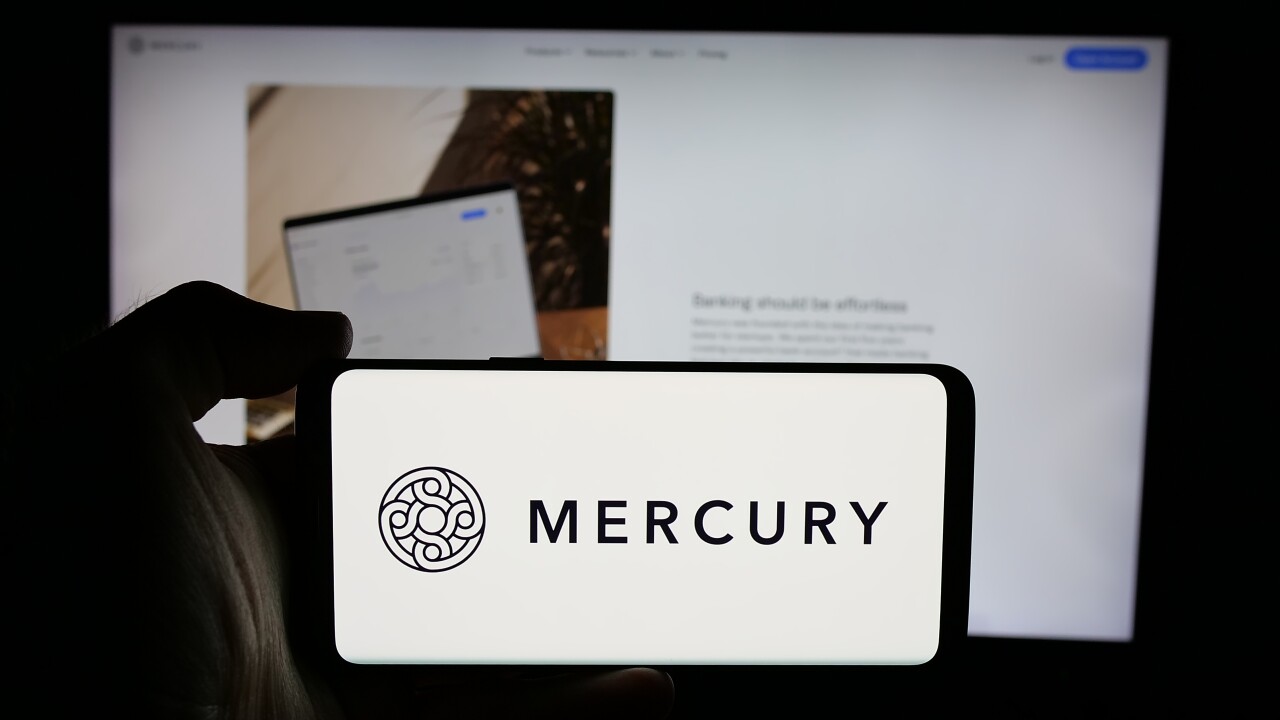Want unlimited access to top ideas and insights?
The largest U.S. banks continue to brace themselves for more economic turmoil as the coronavirus pandemic again threatens to shut down much of the nation.
Three of the biggest banks — JPMorgan Chase, Wells Fargo and Citigroup — socked away a collective $27.9 billion during the second quarter out of fear that consumer and commercial loan defaults could spike in the second half of this year. JPMorgan, the country’s biggest bank with $3.2 trillion of assets, stashed away a record $10.5 billion in the quarter while Wells more than doubled its provision from just three months earlier, to a record $9.4 billion.
Piper Sandler analyst Jeffery Harte said that the reserves that banks set aside in the second quarter were “much bigger” than what investors and analysts had been expecting.

The big question, he said, is do bank executives see bigger losses coming or are they playing it safe and hoping that most loans now in various stages of forbearance ultimately get repaid?
“I think the thing that makes that question hard to answer is they don’t know what exactly to expect,” Harte said in an interview.
Bankers seem to have grown less optimistic about an economic recovery in recent weeks as the number of COVID-19 cases has surged across much of the country. In California, which began to reopen in May, statewide restrictions on certain businesses were reinstated Monday as the numbers of cases and deaths continue to rise.
On a call with investors and analysts Tuesday, JPMorgan Chairman and CEO Jamie Dimon said he anticipates a “much murkier economic environment going forward than [we] had in May or June.”
Though he said that the bank is “prepared for the worst,” he acknowledged that no one can really predict how long the pandemic will wreak havoc on the U.S. and global economies.
“This word ‘unprecedented’ rarely is used properly. This time it's being used properly. It's unprecedented what's going on around the world. And obviously COVID itself is the main attribute,” he said.
The New York City-based bank reported net income of $4.7 billion or $1.38 earnings per share, bolstered by the bank’s highest quarterly revenue on record for the commercial and investment bank business. Still, its overall profit fell 51% from the same period last year.
The bank will maintain its dividend at 90 cents unless there’s a material change in the economy, Dimon said.
Wells Fargo CEO Charlie Scharf was similarly downbeat. In a news release announcing second-quarter results, Scharf said that the company’s “view of the length and severity of the economic downturn has deteriorated considerably from the assumptions used last quarter.”
Wells reported a loss of $2.4 billion in the quarter — its first quarterly loss since 2008 — due largely to its record-setting loan-loss provision. It also slashed its quarterly dividend to 10 cents from 51 cents.
Citi CEO Michael Corbat told investors that he pictures a four-phase timeline for recovery: containment of the virus; stabilization including social distancing and remote working; normalization such as a return to mass transit and attending major events and gatherings; and a return to growth.
Globally, he said, the situation today is somewhere between containment and stabilization and that the global economy is still a ways away from stabilization.
“I think realistically, when we get to the third bucket, I just don’t see that coming,” Corbat said. “And I would say many don’t see that coming until we feel like there’s an antivirus vaccine that’s available for the mass population. … So the economy has been hit [and] will continue to be hit.”
Jim Dobbs and Kevin Wack contributed to this article.





